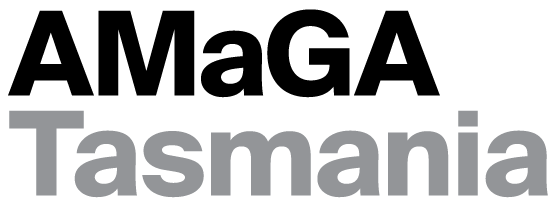Audience Segmentation in Times of Crisis
Wednesday, 29 April 2020
3 - 4 PM AEST (VIC,
NSW, QLD, ACT, TAS)
2:30 – 3:30 ACST (SA, NT)
1 - 2 PM AWST (WA)
2:30 – 3:30 ACST (SA, NT)
1 - 2 PM AWST (WA)
Members: $20
Non-Members: $40
Join
the AMaGA Evaluation and Visitor Research National Network (EVRNN) and Dr Lynda
Kelly, for a webinar to discuss and speculate about the future for audiences
online and onsite.
The
aim is to discuss research and articles that are looking at the issue of
audiences now and in the future – will business-as-usual really change? And, if
so, how?
30th April 2020
1-2 PM AEST(VIC, NSW, QLD, ACT, TAS)
12:30 – 1:30 PM ACST (SA, NT)
11AM - 12 Noon AWST (WA)
Members: $20
Non-Members: $40 Emerging Professionals Network Members: $0
Network members tickets are subsidised by the Emerging Professionals Network
The AMaGA Emerging Professionals National Network ask our panel of
special guests what networking has meant for them. Now it is more important
than ever to build meaningful connection within our industry and to learn how
we can support each other to make the sector stronger.
Can
networking create opportunities?
Do
you have to be an extrovert to effectively network?
How
to make the most of your new connection.
Using
your networks to start working for yourself.
Members: $20 Non-Members: $40 Emerging Professionals Network Members: $0
Network members tickets are subsidised by the Emerging Professionals Network
Caring for Collections during Closure
Friday 1 May
2pm – 3pm AEST (VIC,
NSW, QLD, ACT, TAS)
12-1pm AWST (WA)
1.30-2.30 ACST (SA,
NT)
Members:
$20.00
Non-Members:
$40.00
This
May Day, join AMaGA, Grimwade Conservation Services and Margaret Birtley AM,
for a webinar on how to best care for collections with limited access. This
session will explore and expand on the Australian Institute for the
Conservation of Cultural Material’s (AICCM) valuable ‘Closed by COVID’
resource. The Grimwade team will share practical advice and respond to
questions about caring for specific materials at a distance. Our panellists
will also look to the coming months and discuss returning to work, preparing
for reopening and the ongoing ramifications of COVID-19 on collection care.
Digitisation: Basics and Fundamentals
6th May
2020
3 - 4 PM AEST (VIC, NSW, QLD, ACT, TAS)
2:30 – 3:30 ACST (SA, NT)
1 - 2 PM AWST (WA)Non-Members: $60
Members: $30
Join
AMaGA Western Australia and a panel of professionals, for a webinar on the
basic and fundamental standards, procedure, equipment and storage when
undertaking a digitisation project.
Plan
– The procedure for digitisation, workflow and processes;
Prepare
– The equipment for digitisation, including specifications for digitisation
equipment;
Digitise
– The standards in which collection items should be digitised to;
Share
– Storage, digital display and digital access to digitised collections.
This
webinar is targeted toward Community Museums and Galleries who are at the start
of their digitisation process. All members are welcome, but the information and
speakers have tailored the event to smaller organisations.







